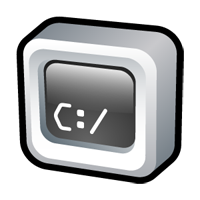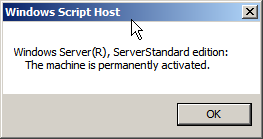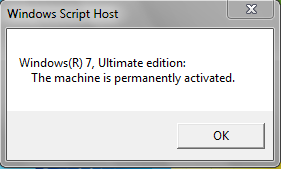
It’s very rare that I use telnet these days, so it took some time for me to notice that by default it was not packaged with Windows 7.
Enable Telnet:
1. Start
2. Control Panel
3. Programs And Features
4. Turn Windows features on or off
5. Check Telnet Client
6. Hit OK





